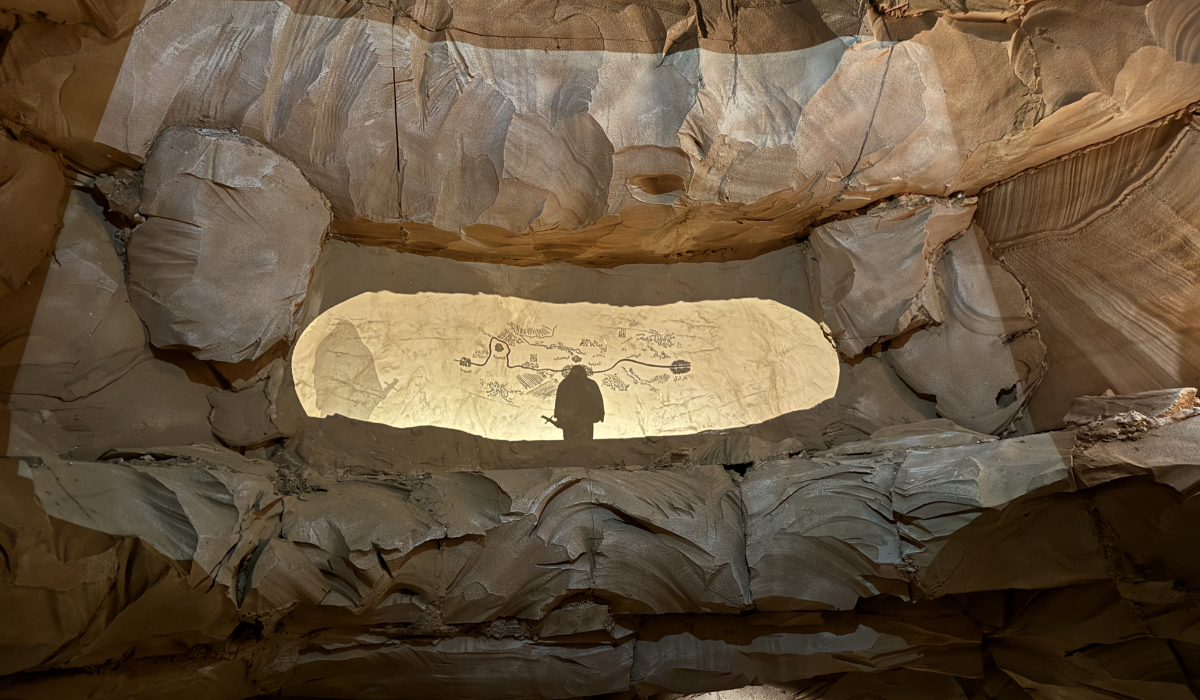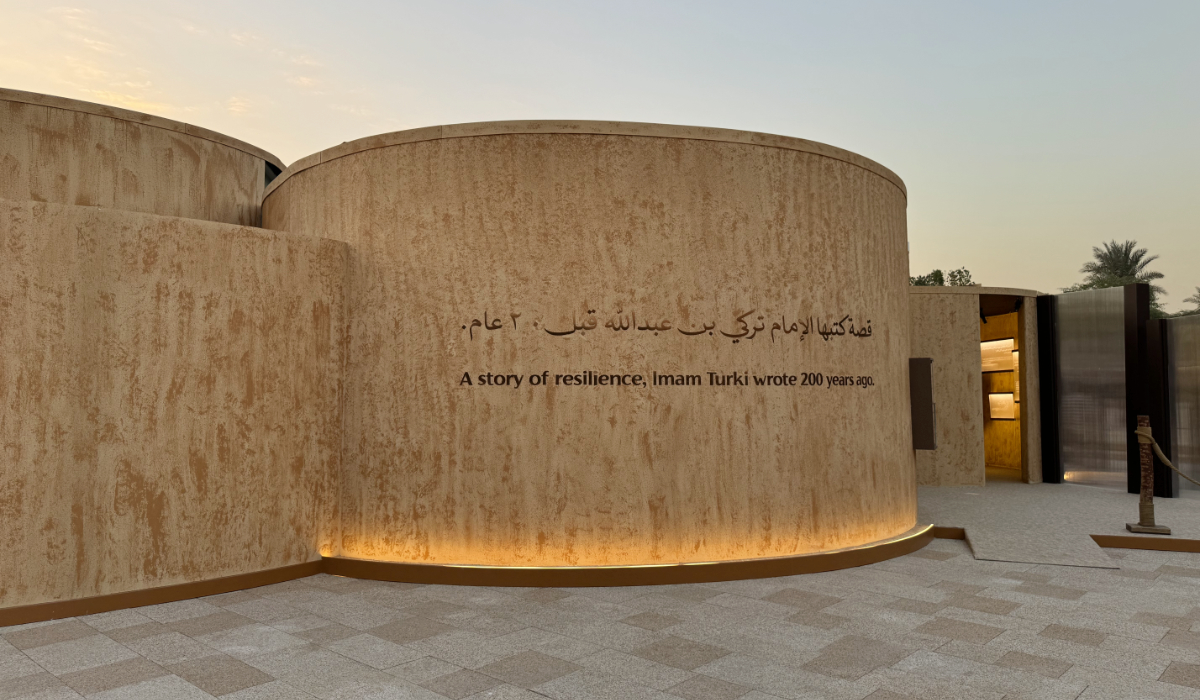DAMMAM: The Saudi Arabian Society for Arts and Culture in Dammam began cultural programs with the seventh “Ready for Display” exhibition, showcasing works from 47 artists, including participants from Saudi Arabia, Egypt, Syria, the Philippines, India and Pakistan.
The exhibition aims to highlight a range of artistic styles, techniques and approaches while reflecting the beauty and essence of the local environment.
Running from Nov. 1 to Nov. 10, the show provides an important platform for local and resident artists.
Each artist brings their individual approach to the canvas, with some embracing abstraction while others focus on realistic representations.
Their works captured a variety of subjects, including people, places, animals and shapes, highlighting the rich diversity of artistic expression and individual creativity.
Artists display various mediums, with some using stretched canvas while others experiment with materials such as wood panels and clay, adding distinctive textures and dimensions.
This blend of techniques and media invites viewers to recognize the interconnectedness of art and cultural identity worldwide.
Visitors can appreciate how elements from the land and sea bring life to the displayed artworks’ color palettes and artistic designs.
The still-life drawings also showcase the artists’ attention to detail and innovative creative abilities.
Yousef Al-Harbi, director of the association’s branch in Dammam, said that such exhibitions helped visitors to “gain a deeper understanding of their history and identity,” fostering a sense of pride.
The event has drawn significant interest, with the selection committee receiving 167 submissions from 98 artists, ultimately selecting 47 artworks for display, each representing different schools of thought and techniques in the art world.
In addition, the exhibition featured interactive events, including a workshop on acrylic painting on Nov. 2 and a live painting session on Nov. 3.
Al-Harbi highlighted the association’s broader impact, saying: “In the past four months, we have delivered 38 training workshops, held eight art exhibitions and presented 21 theatrical performances,” aiming to establish the Eastern Province as a center of artistic creativity.
The association is dedicated to nurturing local talent in harmony with Saudi Arabia’s Vision 2030, focusing on cultural identity and sustainable development.
































